[Julian] has been wanting a tiny little skateboard for a while now, and decided to make something useful on his 3D printer. A little more than twenty hours later a tiny and cute printed skateboard popped out.
[Julian] got the files for his 3D printed skateboard from Thingiverse and printed them off on a MakerGear M2. The parts printed easily, each part taking about six hours to print. The parts are bolted together with five threaded rods, the trucks were screwed on, and the wheels popped into place.
While a normal skateboard probably wouldn’t stand up to the 3D printed parts and threaded rod construction, this Pennyboard is tiny, and most of [Julian]’s weight is right over the trucks at all times. This is also not a board that’s going to see a lot of tricks; it’s basically a micro longboard for moving from one place to another, not something you’ll need to find an abandoned in-ground pool to use properly.
You can check out the video below.

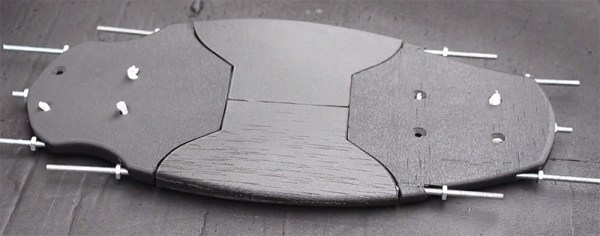
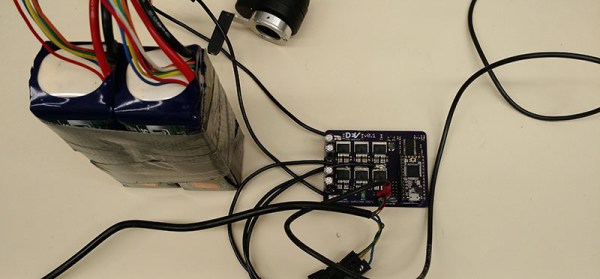
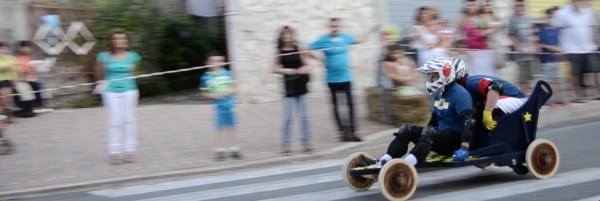
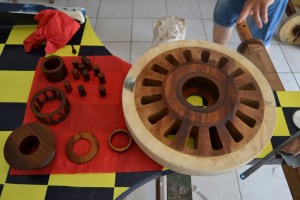 The course also includes full-width obstacles like hay bales. Teams are divided by community or “contrada”, and it was [Alessio]’s team captain who came to him with the special request of roller bearings. Unable to find evidence of other wooden bearings, [Alessio] knew he would have to invent them himself – so he did.
The course also includes full-width obstacles like hay bales. Teams are divided by community or “contrada”, and it was [Alessio]’s team captain who came to him with the special request of roller bearings. Unable to find evidence of other wooden bearings, [Alessio] knew he would have to invent them himself – so he did.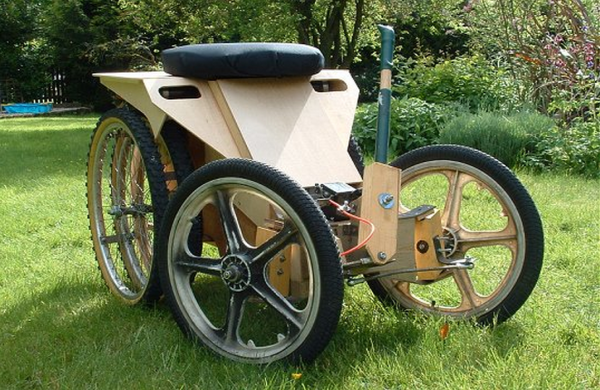
 [Ian] likes to build small Electric Vehicles and his most unique project is certainly this
[Ian] likes to build small Electric Vehicles and his most unique project is certainly this 
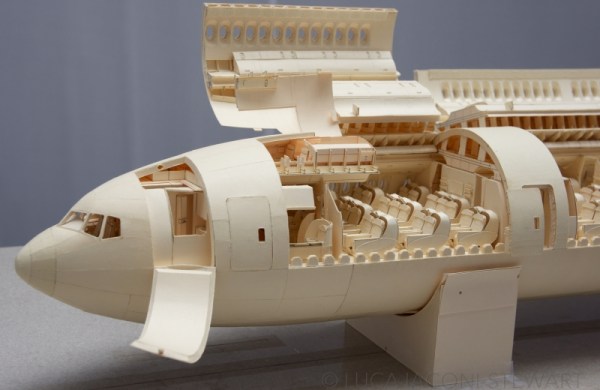
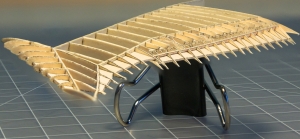 A high school
A high school 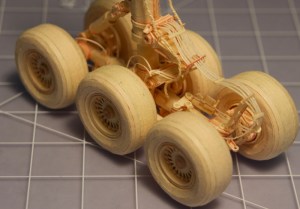 The design is manually drawn in Illustrator from the schematics, then is printed directly onto the manilla folders. Wielding an X-acto knife like a watch-maker, [Luca] cuts all the segments out and places them with whispers of glue. Pistons. Axles. Clamps. Tie rods. Brackets. Even pneumatic hoses – fractions of a toothpick thin – are run to their proper locations. A mesh behind the engine was latticed manually from of hundreds of strands. If that was not enough, it all moves and works exactly as it does on the real thing.
The design is manually drawn in Illustrator from the schematics, then is printed directly onto the manilla folders. Wielding an X-acto knife like a watch-maker, [Luca] cuts all the segments out and places them with whispers of glue. Pistons. Axles. Clamps. Tie rods. Brackets. Even pneumatic hoses – fractions of a toothpick thin – are run to their proper locations. A mesh behind the engine was latticed manually from of hundreds of strands. If that was not enough, it all moves and works exactly as it does on the real thing.










